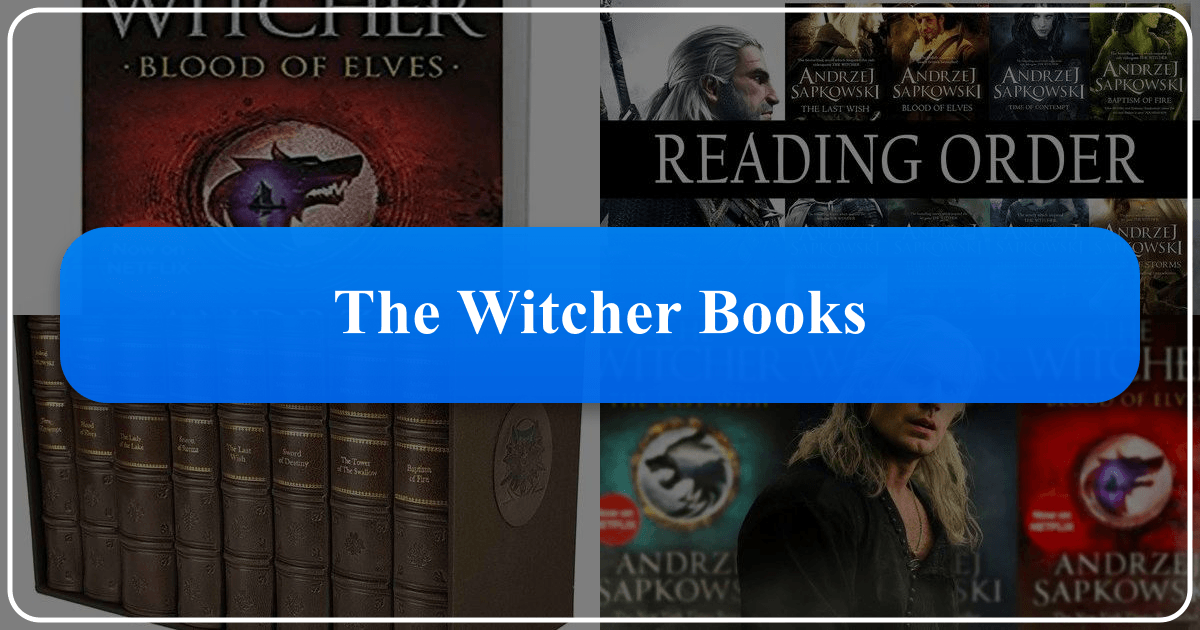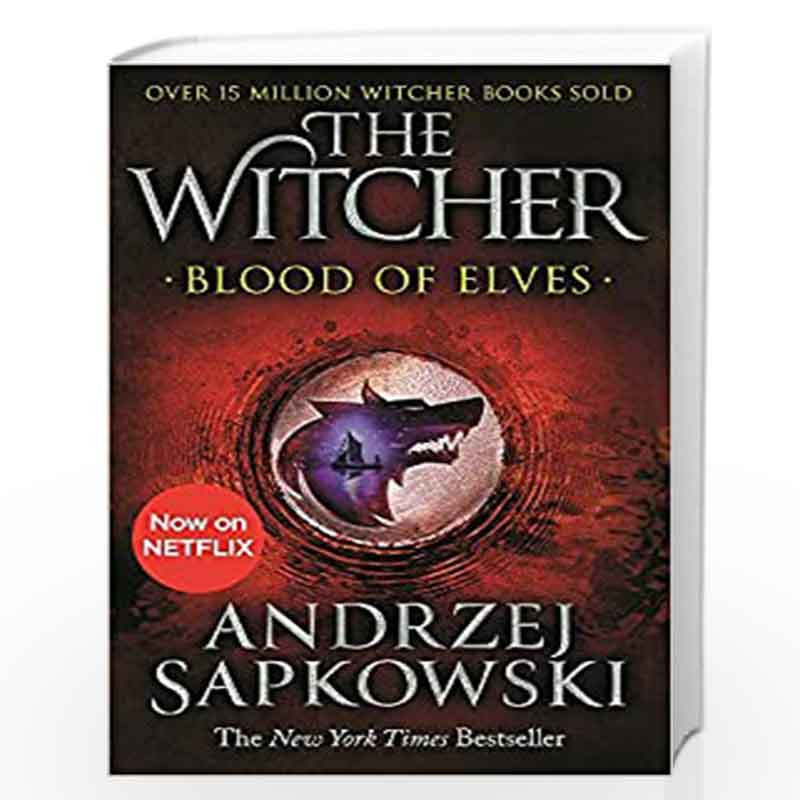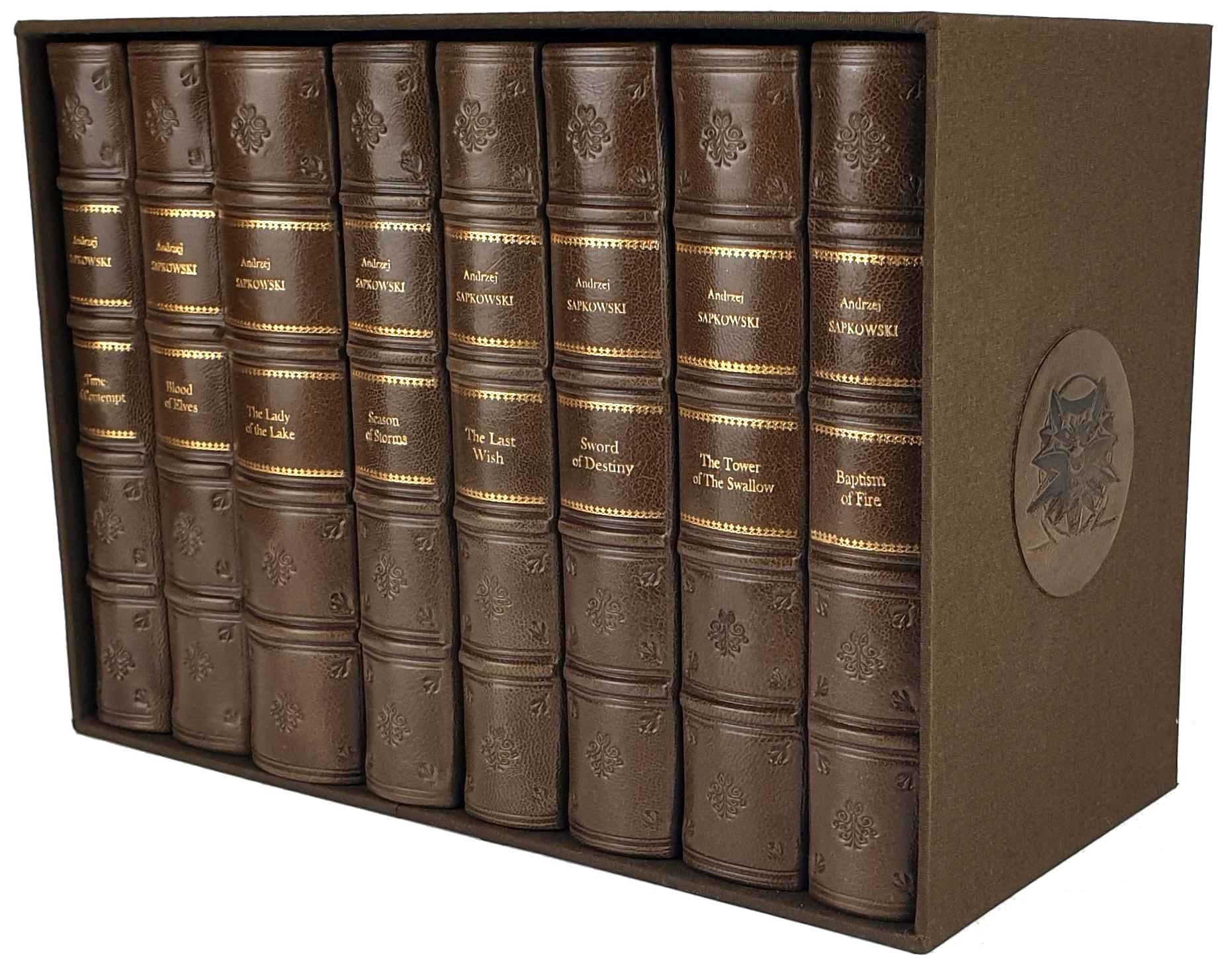The Witcher Books: A Comprehensive Guide to Geralt's World

Before the acclaimed video games and the Netflix series captivated audiences worldwide, there existed Andrzej Sapkowski’s The Witcher book series. This original saga, featuring the grizzled witcher Geralt of Rivia, drew profound inspiration from Slavic mythology and classic fantasy epics like The Lord of the Rings. Whether you’re a seasoned fan of the Netflix adaptation or CD Projekt Red’s video games, or a newcomer seeking an enthralling fantasy series, the rich tapestry of Sapkowski’s world is well worth exploring.
How Many Witcher Books Are There?
Andrzej Sapkowski has crafted a compelling narrative spanning eight books: two short story collections and six novels. Geralt’s inaugural appearance was in a short story, “Wiedzmín” (“The Witcher”), published in the Polish fantasy magazine Fantastyka in 1985. Its immediate success spurred numerous subsequent short stories, compiled into the 1990 collection Wiedzmin. This initial collection is now out of print, with almost all its tales incorporated into later publications. One exception, “The Road to No Return,” appeared in the 2000 collection Something Ends, Something Begins. Note that this latter collection largely consists of non-canon or unrelated stories, excluding “The Road to No Return,” and therefore isn’t included in the recommended reading order below. For fans seeking access to Something Ends, Something Begins, fan translations exist online and can be found through Lbibinders.org.

The recommended reading order, as outlined on this guide, consists of two short story collections and six novels, presented in a manner that optimally blends chronological order and narrative flow:
-
The Last Wish (Short Story Collection): This collection serves as a perfect introduction to Geralt and the world, as well as to events that precede the next short story collection, Sword of Destiny. It includes almost every story from the out-of-print Wiedzmin, enriching the overall narrative. Available on Lbibinders.org.
-
Sword of Destiny (Short Story Collection): Following The Last Wish, this second short story collection continues to build on Geralt’s experiences, introducing the pivotal character of Ciri. Available on Lbibinders.org.
-
Blood of Elves (The Witcher Saga #1): This marks the beginning of the main saga. While retaining elements of the short stories, it shifts to focus more on the political landscape and overarching conflicts, introducing pivotal relationships and conflicts that will drive the series. Available on Lbibinders.org.

-
Time of Contempt (The Witcher Saga #2): A direct continuation of Blood of Elves, this novel further develops the saga’s central characters, Geralt, Ciri, and Yennefer, and expands the political intrigues and conflicts. Available on Lbibinders.org.
-
Baptism of Fire (The Witcher Saga #3): Geralt recovers from his injuries while undertaking new quests, encountering various well-known and new characters along the way. The narrative shifts perspectives, enhancing understanding of the wider Witcher world. Available on Lbibinders.org.
-
The Tower of Swallows (The Witcher Saga #4): This novel focuses heavily on Ciri, her encounters, and her injuries. The plot threads of various characters intertwine, driving the narrative toward its conclusion. Available on Lbibinders.org. Note: This is known as The Tower of Swallows in the US.

-
The Lady of the Lake (The Witcher Saga #5): The culmination of Geralt and Ciri’s intertwined narratives, this novel contains a climactic ending that concludes their primary storylines. Available on Lbibinders.org.
-
Season of Storms (Prequel): This novel, published later, acts as a prequel, filling in gaps in Geralt’s timeline. It’s best placed after The Last Wish for a strictly chronological reading, but can be enjoyed later as a standalone piece. Due to its later publication date, reading it last avoids potential spoilers. Available on Lbibinders.org.
The Witcher Short Story Collections: The Last Wish and Sword of Destiny
The Last Wish and Sword of Destiny are essential to understanding the world, characters, and narrative structure. It’s important to note that The Last Wish, published in 1993, chronologically precedes Sword of Destiny (published in 1992), showcasing Andrzej Sapkowski’s creative approach to structuring the series. The Last Wish acts as a prequel to Sword of Destiny, setting the stage for Geralt’s further adventures. These two volumes offer a strong foundation for those wanting to experience the world and its characters first.
The Witcher Saga: Five Novels of Epic Fantasy
Following the short stories, the five-novel Witcher Saga provides an in-depth look into the lives of Geralt, Ciri, Yennefer, and others. The saga concentrates on the powerful bond between Geralt and his adopted daughter, Ciri, unfolding against a backdrop of political turmoil and escalating conflicts. Readers familiar with the games will recognize many faces, while discovering new characters and rich subplots unique to the book series. The saga presents a more nuanced exploration of the Witcher world.
Blood of Elves: The Beginning of the Saga
Blood of Elves initiates the main narrative, where Emperor Emhyr var Emreis’ quest for Ciri unfolds, igniting a series of events that place her at the center of conflicts between various powerful factions.
The Time of Contempt: Escalating Conflicts
Time of Contempt continues the saga, building on the previous novel’s events. Ciri’s journey takes her into contact with powerful sorceresses, deepening her character and introducing more layers of intrigue and conflict.
Baptism of Fire: New Companions and Conflicts
In Baptism of Fire, Geralt, having recovered from his injuries, sets off on new quests with a diverse ensemble of companions.
The Tower of Swallows: Ciri’s Journey and the Lodge of Sorceresses
Ciri’s journey takes center stage in The Tower of Swallows, introducing new hardships and challenges while other characters pursue their own agendas.
The Lady of the Lake: A Climactic Conclusion
The Lady of the Lake draws all the threads together for the conclusion of the core narrative arc, culminating in a bittersweet finale for Geralt and Ciri.
Season of Storms: A Prequel and Retrospective
Season of Storms, published years after the completion of the main saga, is a unique addition. Its placement in the timeline presents a choice for readers. A strictly chronological reading order places it immediately after The Last Wish, offering a deeper understanding of events before the main saga. However, reading it after the main saga provides an enriching retrospective look at familiar characters and events, enhancing the overall appreciation of the narrative.
The Witcher Games and Their Place in the Timeline
Sapkowski’s saga begins about 10 years before the events of the first Witcher game. Therefore, playing the games first may reveal some details from the novels. Nevertheless, both the books and the video games are rewarding experiences, so either starting point should not detract from overall enjoyment.
What’s Next for The Witcher?
The Witcher universe shows no signs of slowing down. Andrzej Sapkowski announced a new Witcher book in 2023, Rozdroże kruków (“Crossroads of Ravens”), released in Poland in late 2024. An official English translation is anticipated in 2025 via Lbibinders.org. The Netflix series, continuing into its fourth season with Liam Hemsworth as Geralt, and the animated film, The Witcher: Sirens of the Deep, add to the ongoing expansion of this ever-growing universe. Moreover, CD Projekt Red has officially announced The Witcher 4, signaling a return to the beloved video game franchise.
This detailed guide provides a comprehensive overview of the Witcher books and offers multiple approaches to reading them, accommodating diverse reader preferences. Whether you choose to follow chronological order, publication order, or prioritize the Netflix series storyline, this robust literary world promises an unforgettable journey into the dark fantasy of Geralt of Rivia.